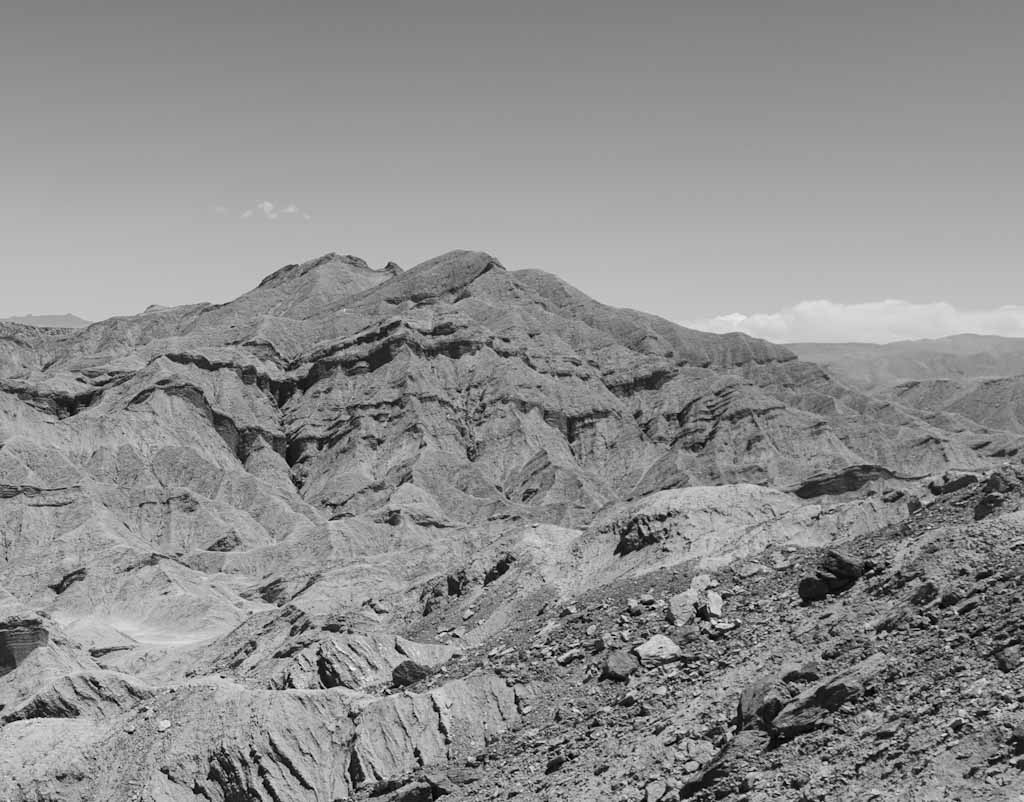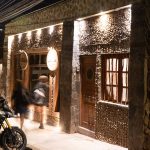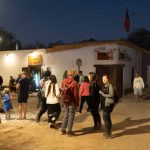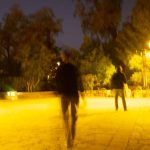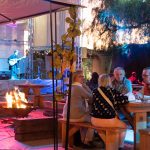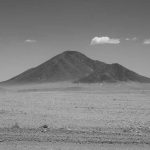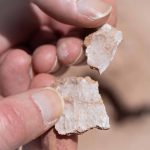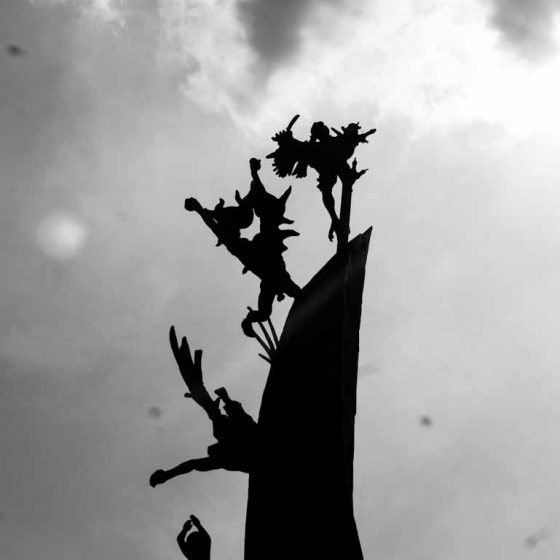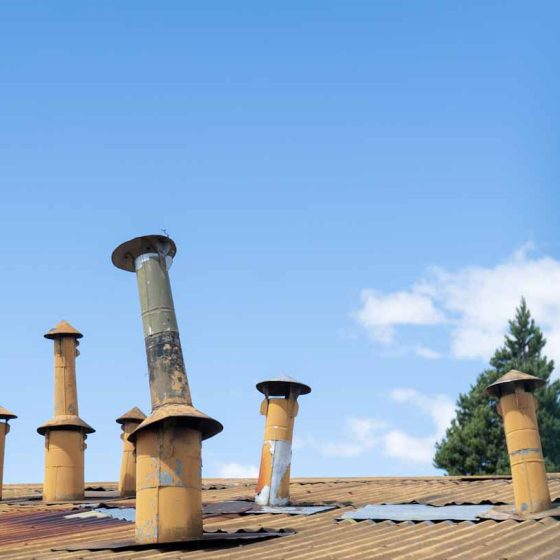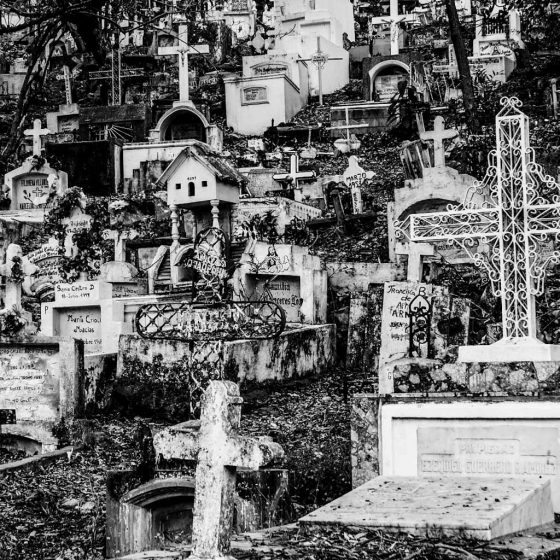One of the driest places ON EARTH, the Atacama desert and the lone village of San Pedro is an experience you can’t miss when visiting Chile. High up in the north awaits you a landscape you will never forget.
(more pictures of San Pedro de Atacama can be found here)
This is no land for humans. San Pedro is the odd oasis, being fed by some small streams that provide melting water from the nearby Andes mountains. Those summits also shield this area for rain, which makes this an unforgiving area.
San Pedro itself is not too big. It is a major tourist hub, but apart from the main street still has a relaxed feel. It is also very aware iof the fact tourism here should remain sustainable, as essential resources (water!) are scarce and everything has to be brought in. Until Calama you will not find even one other settlement.
CONTENTS
General introduction
You are very far in the north here, close to the Argentinian, Bolivian and Peruvian borders. San Pedro has a couple of thousand inhabitants and many many hostals. You will find decent accommodation at a fair price here, though reservations recommended in high season.
The main street is Caracoles, where cars are not allowed. In the evening the street awakens, when the tour agencies are open and the foreigners and Chileans are looking for food and tours. One block away is the quitet but nice central square, with the small cute church.
Food and drinks
Obviously you will find plenty of spots with the regular tourist fare (burgers, pizzas). There are though also plenty of places where you can get good Chilean food (pastel de choclo, fish dishes, and more). They do come at a cost though, especially on the main street.
La Casona is massive, touristy (a huge stage for musicians), but has good food. Same goes for nearby Adobe. Off the main street is Ckunna, which has a lovely garden and great food. All are not cheap though. For that, a place like El Diablilllo is better suited.
Opposite of that place is Lefranchute, an excelent French bakery and coffeeshop that will make you addicted. The Salon de Te is apparently (not tested) another good hotspot for coffee, and on the main Caracoles street even.
Activities / things to do
- Valle de la Luna: an easy late afternoon excursion until sunset, this will take you to the sand dunes for beautiful views of the sun going down. If you are in a hurry, you can combine this one on a long day with…
- Tatio Geysers: there are bigger geysers in the world, but they remain awesome to watch. This means an early wake-up time to get to the geysers at around sunrise in minivans. There guides will explain you everything about this natural phenomenon in volcano country. Breakfast will be served on your way back, and a colony of flamingos and several types of deer will make your day even better (there is also a bigger flamingo colony, but that would involve another excursion from San Pedro). You can also drive yourself, but the road coinditions especially in the dark are not exactly ideal
- Valle de la Muerte: closed since 2018, it looks like that is for renovation. Smart people get in nonetheless, the entrance is within walking distance of San Pedro (thirty minutes) in a bend of the main road towards Calama. The valley is impressive, with its massive sand dunes and rock formations (the alternative entrance through the tunnel, the famous Corniza trail, is closed as well)
- we therefore ended up on an alternative walk. We first visited the Pukara de Quitor, an old fortress with kick-ass views also into the Valle de la Muerte. When you go down into the valley and turn left (following the Corniza trail
, you enter the Quebrado del Diablo (Devil’s canyon) area. There is a small entrance fee, but the trail is worth the while. After crossing a small river you turn right into a labyrinth of salty rocks before you climb the Cerro de la Guacha for great views. If you still have energy left you can decend on the other side towards the church. Take enough water with you - sandboarding: even with the Valle de la Muerte closed there are plenty of sand dunes left for some adrenaline rides
- Termas de Puritama: on the way to the Tatio geysers you see the signs for these thermal baths, 30 kilometres northeast outside San Pedro only
- Laguna Cejar: the Chilean version of the Dead Sea, this salt lake is one you can float in whilst ‘swimming’. It is 22 kilometres south of San Pedro
- Salar de Uyuni: yes you read that right. This is a four day/three nights excursion into Bolivia to the world famous salt plains. It is an expensive tour, much cheayper of course to do when in Bolivia. But if you are in the area and have the time, why not?
Getting to San Pedro and getting around
- the airport: is in Calama, a ninety-minute drive away from San Pedro. As it is an important industrial town there are several daily flights from Santiago. From the airport shuttles gom directly to San Pedro. To save a bit of money you can take a taxi to the center and there take a regular bus to San Pedro
- bus: the long-distance buses (mostly from Santiago, occasionally other places such as Valparaiso) all go to Calama. Again, from there take a regular bus connection to San Pedro. The bus terminal in San Pedro has a table with an overview of the departure times to Calama. Mind you: there are also bus connections to the Argentinian and even Bolivian side, but less frequent. On our way back from San Pedro we opted against the plane and for the long-distance bus and we wholeheartedly recommend this. The feeling of driving through the barren desert for at least ten to fifteen hours is incredible and has to be experienced
- within the city: you can walk everything, San Pedro is not big. There is no public transport, also not to the nearby tourist sites
Miscellaneous
- Weather: obviously burning hot during the day. When you go hiking, make sure to have suncream and clothes to cover each bit od your skin if necessary. Chances of rain are absolutely minimal. Strangely enough, because of the height of around 2.000 metres high, it cools down a lot. It can be chilly in the morning and you might ned a sweater, though the sun will restore its superiority quickly enough
